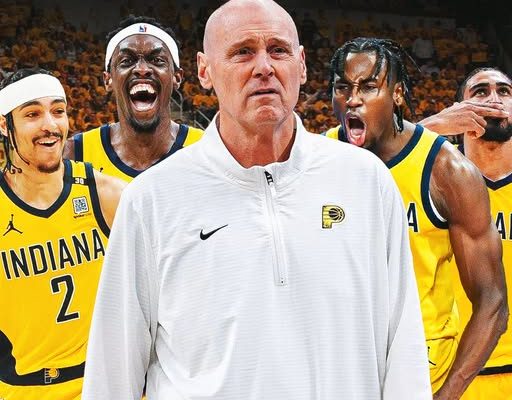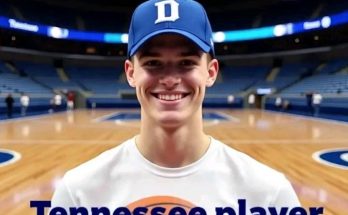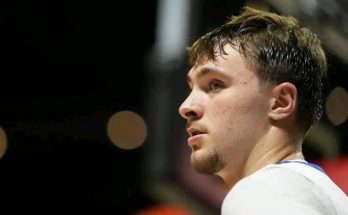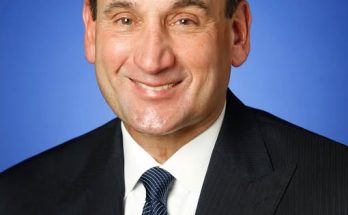The Indiana Pacers have always lived in a space between respect and dismissal. They’re rarely mentioned in the same breath as the glamorous franchises of the NBA, rarely viewed as the kind of team that defines an era. And yet, year after year, generation after generation, they’ve managed to carve out relevance with grit, smart development, and a refusal to back down no matter the odds. This current moment in franchise history feels like another chapter in that familiar cycle. Once again, the Pacers are being underestimated, overlooked, and doubted. The difference this time is that the adversity they face seems almost insurmountable. Tyrese Haliburton’s Achilles injury, a cruel twist of fate that will sideline him for the entire upcoming season, has robbed Indiana of its leader and offensive engine. Myles Turner’s departure to the Milwaukee Bucks stripped the Pacers of their defensive anchor and longest-tenured veteran. To many outside observers, the outlook is grim, and the word “gap year” is already being whispered around the league as if Indiana’s season has been written off before a single ball has been tipped.
But inside the walls of the Pacers organization, there is no resignation. There is no acceptance of irrelevance. For head coach Rick Carlisle, this moment is exactly the type of challenge that defines his coaching legacy. Carlisle, a champion with the Dallas Mavericks in 2011, has built his reputation not on glitz but on substance. He is a coach who thrives when the path looks rugged, a strategist who can squeeze more out of a roster than most could imagine. The past two seasons are proof of that. He has led the Pacers to back-to-back Eastern Conference Finals appearances and, most remarkably, guided them to their first NBA Finals berth in decades. That run wasn’t just a product of Haliburton’s brilliance or Turner’s steadiness—it was a reflection of Carlisle’s ability to build belief and continuity in a group that, on paper, wasn’t supposed to make it that far.
Now the stakes are different. The outside noise is louder, the dismissals sharper, the doubts heavier. Without Haliburton, Indiana loses its maestro, the man who orchestrated their uptempo attack and gave them one of the most exciting offenses in basketball. Without Turner, they lose rim protection and the kind of defensive presence that allowed their young perimeter players to gamble more freely. It is, in every sense, a gut punch to a franchise that felt like it was on the brink of something sustainable. But for Carlisle, this is the precise environment in which he’s proven time and again that he is at his best.
Carlisle’s coaching philosophy has always leaned into adaptability. He is not wedded to a single system in the way some coaches are. Instead, he studies his roster, assesses the strengths and weaknesses, and molds a game plan that best fits the tools available. In Dallas, he built around Dirk Nowitzki’s unique scoring ability and surrounded him with role players who could defend, hit timely shots, and buy into a collective identity. In Indiana, he’s been tasked with shaping a younger, faster team, one that leaned on Haliburton’s playmaking genius to dictate pace and space. Now, as he stares down a season without his cornerstone guard, Carlisle faces perhaps the biggest coaching puzzle of his career.
The Pacers still have pieces worth betting on. Bennedict Mathurin, entering his third season, now steps into a role where his growth is no longer a luxury but a necessity. The high-flying guard has shown flashes of scoring brilliance, but the question has always been whether he can carry more responsibility when the spotlight shifts. This year, Carlisle will challenge him to become more than a highlight-reel scorer. He will be asked to defend, to lead, and to take on a playmaking load that pushes him out of his comfort zone. Then there’s Andrew Nembhard, whose steady hand and defensive toughness made him one of the team’s most underrated contributors. In a year without Haliburton, Nembhard will have to evolve into a reliable floor general, orchestrating the offense with patience while still finding moments to assert himself as a scorer.
Obi Toppin, Jarace Walker, and Isaiah Jackson represent another part of Indiana’s future—a versatile frontcourt group that Carlisle will attempt to maximize. Toppin thrived in spurts last year, running the floor and attacking mismatches, but consistency was elusive. Walker, still in the early stages of his development, brings defensive instincts and rebounding toughness that could help offset Turner’s departure. Jackson, athletic and relentless, has the tools to become a difference-maker if he can stay healthy and locked in. Carlisle’s task will be figuring out how to balance their minutes and roles while ensuring the team maintains some level of defensive integrity.
One of the things that makes this challenge fascinating is the psychological aspect. It’s easy for a young roster to lose belief when the league has already written them off. But Carlisle’s history suggests he’ll lean heavily on creating a culture of resilience. He will remind his players daily that expectations are external, and that identity is something forged internally. In many ways, this season becomes less about wins and losses and more about laying a foundation of toughness and growth. Yet, if there’s any coach who can transform that kind of mentality into actual surprise success, it’s Carlisle. He has already proven that he can make Indiana more than the sum of its parts.
The Pacers’ fan base, long accustomed to the roller coaster of being in a small market, understands this dynamic better than anyone. They have seen great players come and go, they’ve seen contenders rise and fall, and through it all, they’ve clung to a belief that Indiana basketball is about more than star power. It’s about fight, it’s about resilience, and it’s about proving wrong those who are quick to dismiss. That’s why this season, despite the setbacks, has the potential to be a galvanizing one for the franchise. Fans will rally behind Mathurin’s development, behind Nembhard’s growth, behind the flashes of brilliance from Walker and Toppin. They’ll see a team that may not have the firepower it once did, but one that refuses to quit.
And make no mistake—if the Pacers do surprise the league, if they find themselves clawing for a playoff spot or shocking a higher seed in the postseason, it will be another testament to Carlisle’s brilliance. Coaches are often measured by championships, but true coaching greatness is sometimes most visible when circumstances are bleak. Carlisle doesn’t just coach when things are perfect. He shines when the odds are stacked against him. That was true in Dallas, that has been true in Indiana, and it will be true again as the Pacers embark on this uncertain season.
The NBA is a league that thrives on narratives, and the easy one right now is to count Indiana out. But basketball is rarely that simple. Seasons are not won or lost on paper, and chemistry, belief, and strategy can often tilt the balance in ways statistics cannot predict. Carlisle knows this. The Pacers know this. And deep down, so do their fans. This season may not unfold the way last year did, but it could still become one of the most meaningful campaigns in the franchise’s history. Because if Indiana fights, competes, and grows despite everything stacked against them, they’ll not only build for the future—they’ll remind the league once again that underestimating them is always a mistake.
For the Pacers, the path ahead is steep, but it’s not unfamiliar. They’ve been here before. They’ve been doubted, overlooked, and dismissed. And yet, time and again, they’ve found ways to rise. This season, without Haliburton and Turner, presents their toughest test yet. But with Rick Carlisle at the helm, with a locker room full of young players eager to prove themselves, and with a fan base that refuses to stop believing, Indiana is once again positioned to turn doubt into fuel. The league may call it a gap year. Carlisle and the Pacers may call it something else entirely—a chance to show what resilience really looks like. And if history is any guide, the story of the 2025–26 Indiana Pacers won’t be about what they lost, but about how they refused to let those losses define them.



